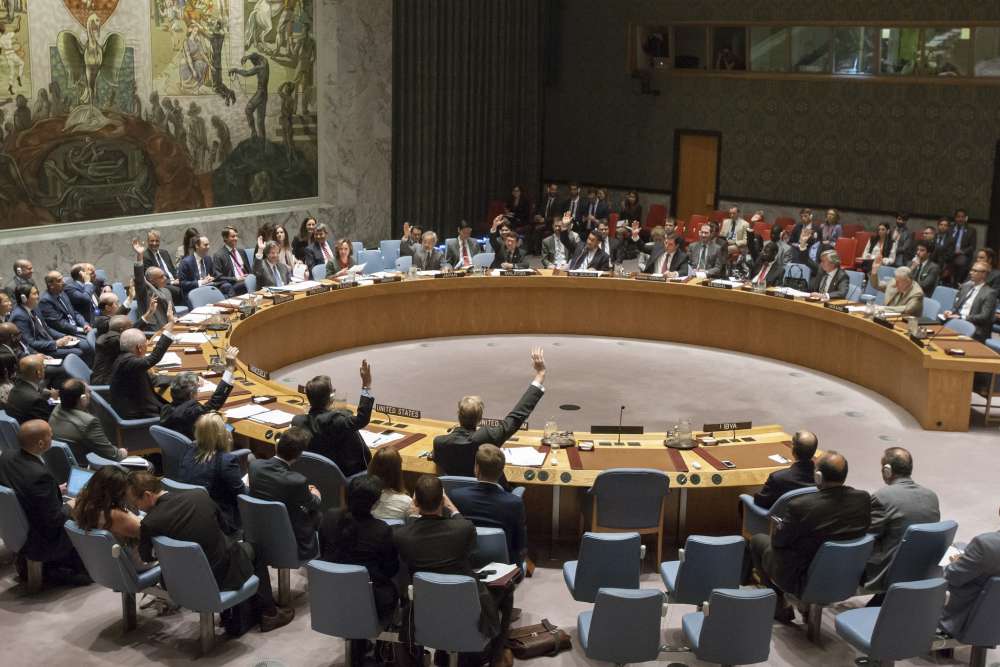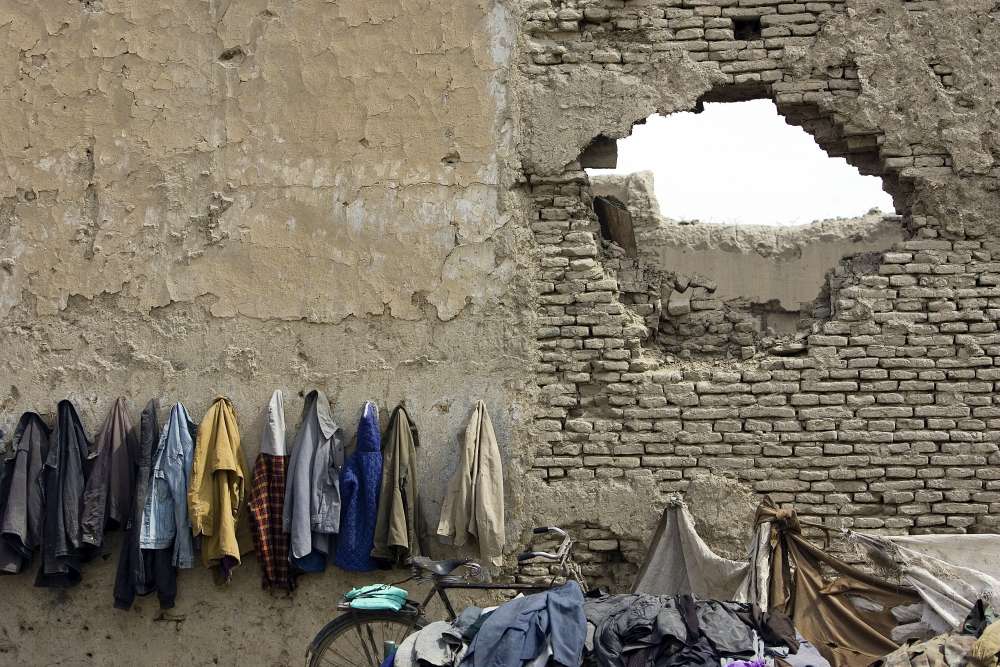Major Powers and the Contested Evolution of a Responsibility to Protect

Introduction: Major Powers and the Contested Evolution of a Responsibility to Protect
by Philipp Rotmann, Gerrit Kurtz, Sarah Brockmeier
The debate about a responsibility to protect people from mass atrocities goes to the heart of current changes in the world. Coinciding with the shift of power and influence away from the West, its nascent and contested evolution as a norm has become a crucial arena in which fundamental conflicts about the future global order play out – far beyond simplistic dichotomies between “North” and “South” or “West” and “Rest.”
This special issue analyses how Brazil, China, Europe, India, Russia, South Africa and the United States engaged with these struggles over sovereignty and responsibility, universalism and exceptionalism, hypocrisy and selectivity. The papers pursue three goals: to study major powers’ normative foreign policies in their historical, institutional and cultural background, to bring the role of major powers back into the analysis of norm development and to expand on the standard narrative about the evolution of “R2P” by embedding it in a more global, less-Western centric context.
Regulating Intervention: Brazil and the Responsibility to Protect
by Oliver Stuenkel, Marcos Tourinho (Fundação Getulio Varga, São Paolo)
In the last decade, Brazil has engaged with the idea of an international Responsibility to Protect in a notable fashion. As a frequent member of the Security Council in the post-Cold War era, the country resisted suggestions of a responsibility to intervene in humanitarian crises, fearing it would serve to justify military action outside of the scope of the UN Charter and international law. Following the adoption of R2P in the 2005 World Summit, Brazil engaged with the concept more closely. This culminated in the ‘Responsibility while Protecting’, a proposed addendum that would ensure clearer criteria and greater accountability of UN-authorised military interventions. This paper describes Brazilian foreign policy perspectives through this period and analyses their contribution to the political and normative development of R2P. It argues that while Brazil has become more vocal and proactive in relation to the norm in recent years, its positions remained driven by some of its most traditional foreign policy arguments: the strengthening of the authority of the UN Security Council and the establishment of a multilateral order in which all states are treated equally.
Debates in China about the Responsibility to Protect as a Developing International Norm: A General Assessment
by Liu Tiewa, Zhang Haibin (Peking University, China)
Over the past several decades, international debates over intervention have usually focused on the primacy of state sovereignty or the protection of human rights. The emergence of the Responsibility to Protect stimulates more profound debates by providing different perspectives and terminologies. In this vein, an important voice of dissent, or at least skepticism, comes from China. This article pays special attention to the domestic debates concerning the R2P concept in China. Based on a review of most of the academic studies on R2P in China, together with in-depth interviews with senior diplomats and practitioners, this article illustrates the different views of Chinese officials and scholars on the concept of R2P, offering insight into how to construct the new norm of R2P in order to shape the concept into an international norm that is more acceptable, legitimate and operational.
Emerging Norm and Rhetorical Tool: Europe and a Responsibility to Protect
by Sarah Brockmeier, Gerrit Kurtz, Julian Junk (Peace Research Institute, Frankfurt)
European governments, parliaments and civil societies belong to the most important supporters of a ‘responsibility to protect’ (R2P). However, despite a shared positive attitude towards R2P and coordinated diplomatic efforts, major European governments and therefore the European Union (EU) have never reached a consensual position on R2P. Based on 47 expert interviews and a review of official government documents, the article analyses the positions of France, Germany, the United Kingdom and the common EU institutions across a series of critical junctures of the R2P debate between 2005 and 2013. The authors find that Paris and London agree with Berlin and Brussels that R2P requires longer term multilateral norm building. Yet, while Germany stresses military restraint and civilian crisis prevention, France and the UK continue to view R2P through their pre-existing traditions of a droit d’ingérence and the ‘doctrine of a humanitarian intervention’, respectively. These differences are largely due to diverging strategic cultures based on different historical lessons on the use of force. Brussels’ efforts to coordinate a common EU position have been constrained by these diverging positions.
Singing the Tune of Sovereignty? India and the Responsibility to Protect
by J. Madhan Mohan (Jawaharlal Nehru University, New Dehli), Gerrit Kurtz
With an ostensible commitment to sovereignty and non-intervention and a long standing involvement in United Nations peacekeeping operations, India’s position on R2P seems puzzling. Still, despite the rhetoric about India being an ‘emerging power’, it often abstains from diplomatic engagement beyond its region, including in R2P situations. What explains its sceptical interpretation, cautious attitude and limited practice? The paper shows that India’s position has evolved in three phases since 2005, from scepticism via calibrated engagement to renewed suspicions after the fall out of the Libya intervention. The paper argues that mainly domestic factors can account for these changes in India’s R2P policy. Despite these changes, however, India’s main concerns with R2P display remarkable consistency: an insistence on the consent of the state, a narrow definition of its scope involving a high threshold of violence, the exclusive authority of the UN Security Council and a deeply ingrained scepticism towards the utility of the use of force.
Multipolarity as Resistance to Liberal Norms: Russia’s Position on Responsibility to Protect
by Xymena Kurowska (Central European University, Budapest)
In Western analysis, Russia’s insistence on the supremacy of international law serves as little more than a strategy to sustain parity with the West. The Kremlin’s justification of its use of responsibility to protect is seen as an abuse of humanitarian language and a smokescreen in the pursuit of geopolitical interests. Formulated from within the liberal paradigm, such interpretations underestimate the normative saturation of strategic action. This article examines Russia’s discourse of multipolarity not as being purely strategic – as is widely held – but rather as a form of resistance to the perceived liberal hegemony of the West. The effects of such resistance resemble the outcomes of strategic manoeuvring but they should not be reduced to such. Bolstered by a sense of betrayal by the West, Russia’s evolving discourse of multipolarity provides an alternative vision of the world order that contests the imposition of liberal values and bestows upon the authorities an actual responsibility to contain the West’s dominance. Both Russia’s interpretation of responsibility to protect and its position in the debate arise from this agenda.
‘Our Identity is our Currency’: South Africa, the Responsibility to Protect and the Logic of African Intervention
by Harry Verhoeven, CSR Murthy, Ricardo Soares de Oliveira (University of Oxford, Oxford, Jawaharlal Nehru University, New Delhi)
Heavyweights of South Africa’s ruling African National Congress claim that the responsibility to protect citizens in case of an unwilling or unable government is an African concept, owned by the continent: rooted in the security-development crisis of the past few decades, Pretoria stresses that there is an intellectual and political history of intervention, separate from Western conceptions of R2P. While the conception of an African responsibility to protect has come to constitute a major pillar of South African foreign policy, this is not without its critics ‑domestic or abroad- and, as the Libya case exemplifies, often presents decision-makers in Pretoria with tough real world dilemmas. South Africa shares the intense scepticism of China and Russia about Western claims of value-based foreign policies. But much as anti-imperialist ideology and growth-centred relations with other emerging powers inform South African foreign policy, it would be a mistake to see Pretoria’s scepticism about Western interpretations as a sign of profound normative convergence with Russian and Chinese critiques of liberal peace-building: the South African critique of the responsibility to protect is more procedural than substantive.
The Two-Level Politics of Support: US Foreign Policy and the Responsibility to Protect
by Julian Junk (Peace Research Institute, Frankfurt)
This article investigates the US foreign and security policy with regard to the ‘responsibility to protect’ (R2P). Based on the analysis of expert interviews and official documents, it traces the US position on R2P across critical junctures between the principle’s 2005 adoption at the UN World Summit and its latest invocations in the Syrian crises of 2013. It discusses the recent atrocity prevention agenda of the US government as ambitious and still evolving operationalization of R2P. The article reveals several patterns in US attitude and practices towards R2P across recent administrations: The avoidance of new obligations in international law despite a general supportive attitude towards R2P; a deeply-rooted pragmatism that leads to the development of practical tools that follow-up on the principles it commits to, even if R2P language had to be avoided in domestic politics; and a constant balancing act between domestic- and international-level politics.
This special issue was originally published in Conflict, Security & Development, 14 (4).







